Viking Runestones are ancient stones or rocks, often found in Scandinavia, inscribed with symbols known as runes. They were typically erected as memorials to deceased individuals, though they also served other purposes.
Ancient Artifacts
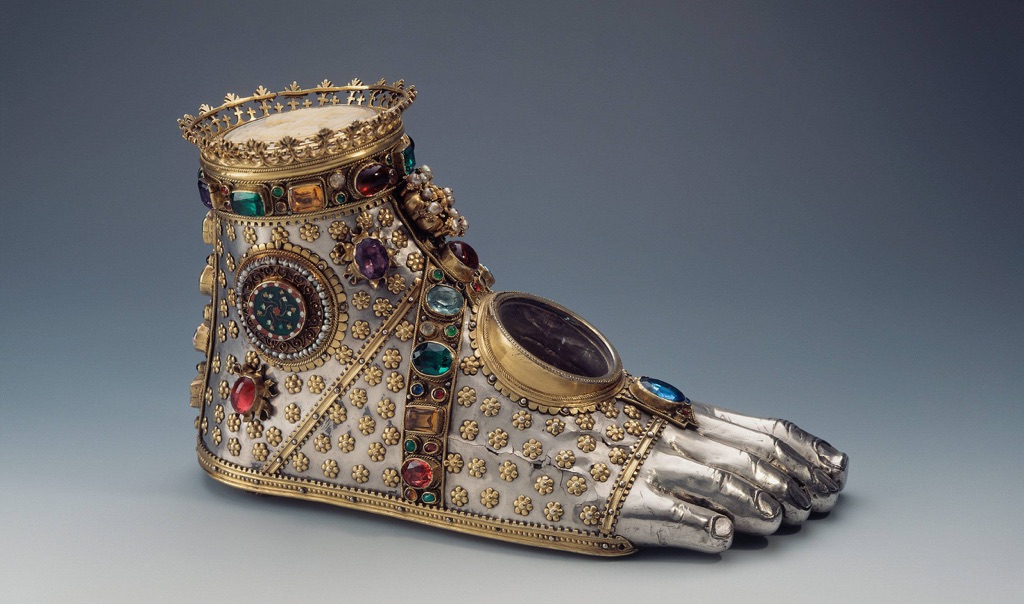
Moving to the East, ancient China artifacts like bronze vessels and oracle bones shed light on the rituals and governance of early Chinese dynasties. These artifacts highlight China’s long history of craftsmanship and written language. Similarly, ancient Egyptian artifacts are world-renowned, particularly for their funerary art, such as the treasures from King Tutankhamun’s tomb. These pieces reflect the Egyptians’ beliefs about death and the afterlife. Artifacts are not just old objects to be displayed in museums; they are keys to unlocking the secrets of human development across the ages. They preserve the ideas and values of people who lived thousands of years before us. Through careful study, they teach us about our collective history and heritage.
Among the most famous ancient artifacts in the world is the Rosetta Stone. Discovered in 1799, this granodiorite stele was the key to understanding Egyptian hieroglyphs—a script made of small pictures that was used originally in ancient Egypt for religious texts. The Rosetta Stone is inscribed with a decree issued at Memphis in 196 BC on behalf of King Ptolemy V. The decree appears in three scripts: the upper text is Ancient Egyptian hieroglyphs, the middle portion Demotic script, and the lower Ancient Greek. Because it presents essentially the same text in all three scripts, it provided the crucial link for scholars to decipher Egyptian hieroglyphs, thereby opening a window into ancient Egyptian history.
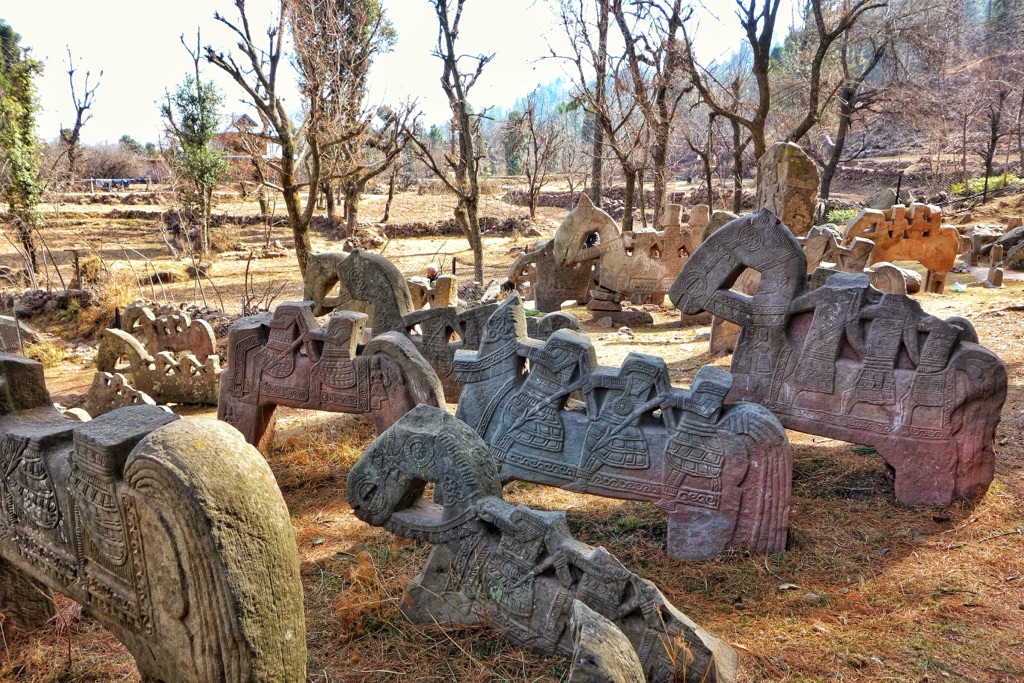
The title of the oldest artifact on earth goes to the stone tools found in Lomekwi 3, Kenya, which date back to 3.3 million years ago. These tools predate the earliest known humans and suggest that tool-making was a part of our pre-human ancestors’ way of life. These ancient tools mark a significant milestone in human evolutionary history, indicating the beginnings of technology and innovation. They are not just simple objects; they represent the dawn of human ingenuity and the very first steps towards the complex societies we have today.
An ancient artifact can be defined as any item made or used by humans in ancient times that has cultural, historical, or archaeological significance. These artifacts can range from monumental structures like the pyramids of Egypt to small, everyday objects like Roman coins. They can include items as diverse as weapons, clothing, and artwork. Each artifact, no matter its size or apparent significance, offers a glimpse into the lives of those who came before us, providing evidence of past behaviors, beliefs, and social structures.
Famous ancient artifacts not only include monumental finds like the Rosetta Stone or the treasures of Tutankhamun’s tomb but also the Terracotta Army of China, the Dead Sea Scrolls, and the Venus of Willendorf. The Terracotta Army, buried with the first Emperor of China, Qin Shi Huang, consists of thousands of life-sized figures meant to protect the emperor in the afterlife. The Dead Sea Scrolls, discovered in a series of caves near the Dead Sea, are ancient Jewish texts that offer invaluable insight into the history of Judaism and the early text of the Bible. The Venus of Willendorf, a small Paleolithic figurine discovered in Austria, dates back to about 28,000 BCE and is thought to represent fertility. Each of these artifacts, in its own way, has reshaped our understanding of human history, offering evidence of the complexity, diversity, and ingenuity of ancient civilizations.
List of Discovered Ancient Artifacts
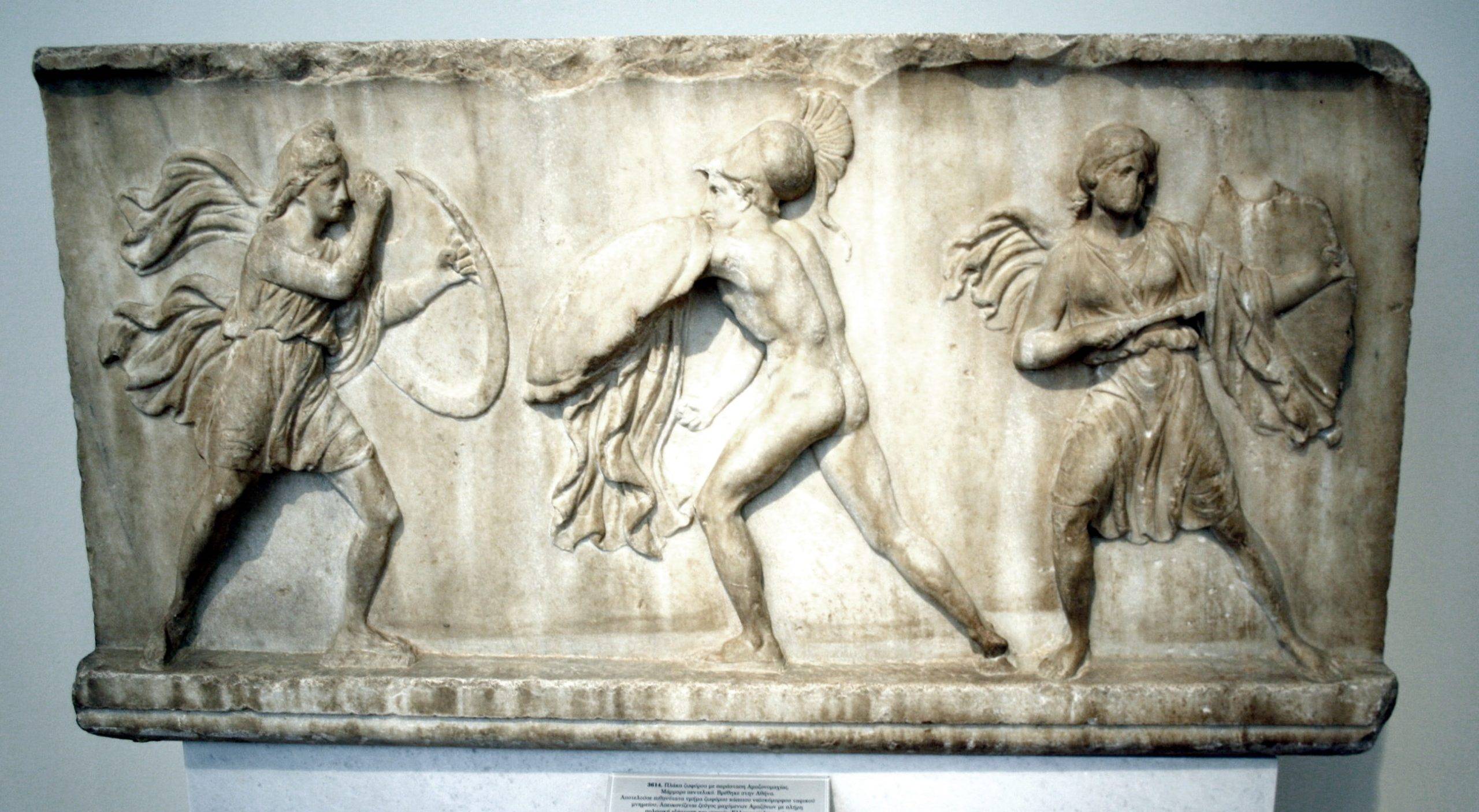
The Relief of an Amazonomachy
The Relief of an Amazonomachy is a historical artifact that showcases a significant mythological battle between the Greeks and the Amazons.

Maps of Ancient Civilizations and Empires
Ancient civilization maps provide us with a fascinating glimpse into the past, revealing how our ancestors perceived their world and its geography. These historical treasures serve as an invaluable tool for understanding various aspects of ancient cultures, including trade routes, political boundaries, agricultural practices and even religious beliefs.
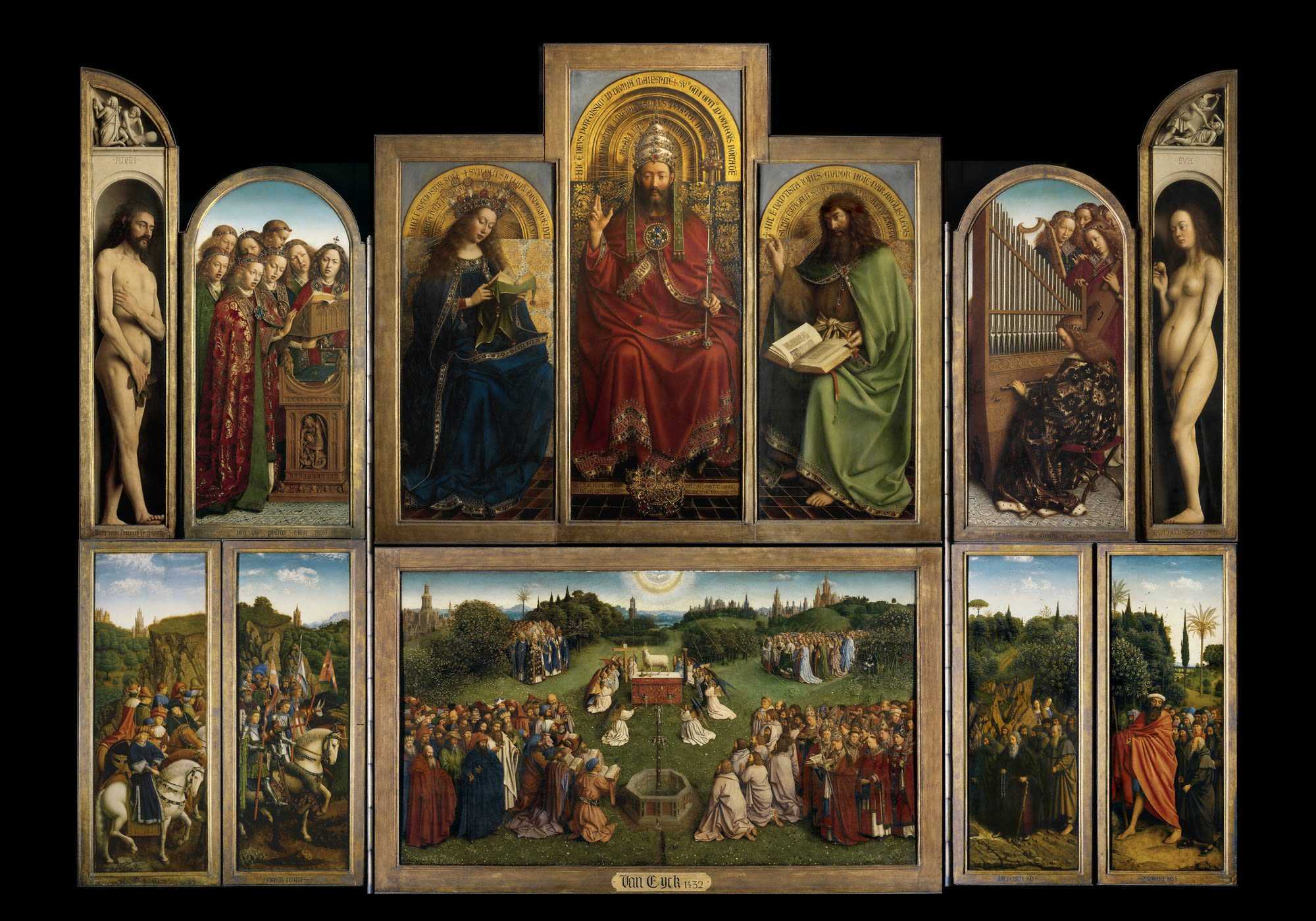
Ghent Altarpiece
The Ghent Altarpiece, also known as the Adoration of the Mystic Lamb, is a remarkable piece of art history. Created by the brothers Hubert and Jan van Eyck in the 15th century, this large and complex altarpiece has captivated viewers with its intricate details, revolutionary techniques, and profound religious symbolism. Composed of 12 panels, each richly adorned with various biblical scenes and figures, the Ghent Altarpiece is a testament to the artistic genius of the van Eyck brothers and the spiritual fervor of its time.
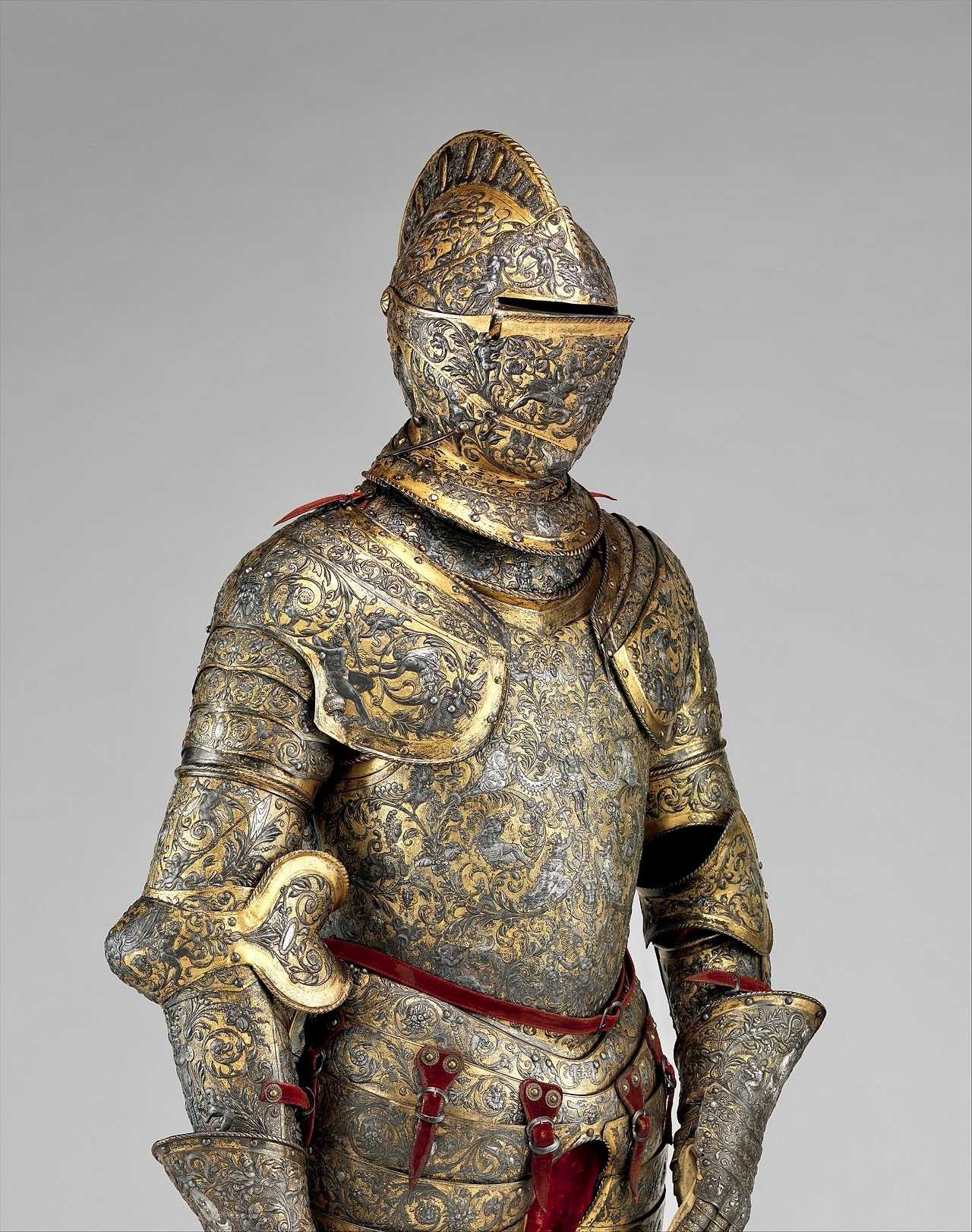
The Parade Armour of Henry II of France
Summary The Parade Armour of Henry II of France is a stunning piece of historical craftsmanship. Made in the 16th century, this ornate suit of armour was worn by Henry II, the King of France, during parades and other ceremonial events. Not only does it reflect the martial prowess of the monarch, but it also…
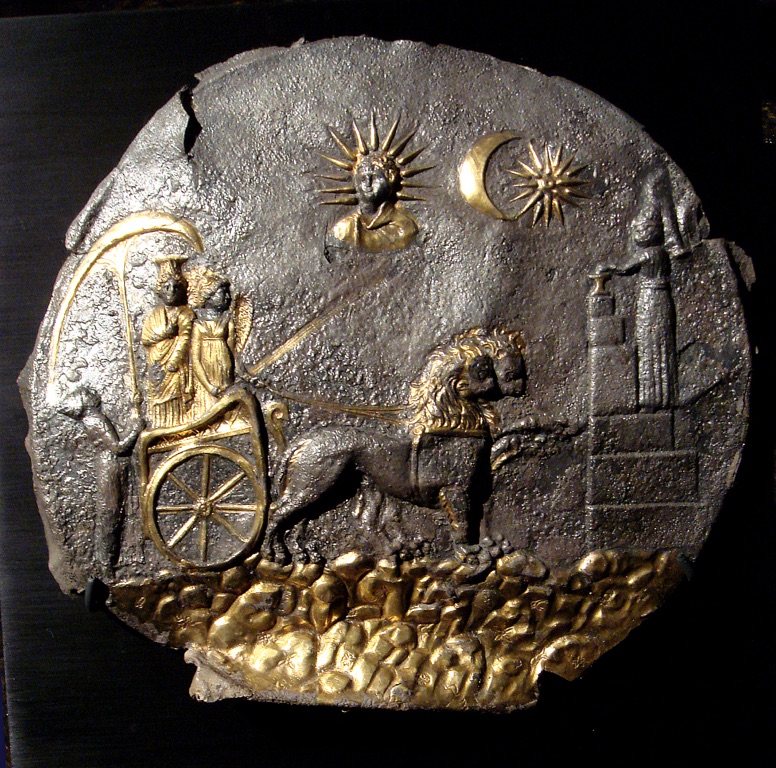
The Ai-Khanoum plaque
The Ai-Khanoum plaque is an intricately designed artifact. The plaque is made of ivory and depicts a variety of figures and scenes. These scenes are believed to represent Greek mythological tales, indicating the strong Hellenistic influence in the region.

